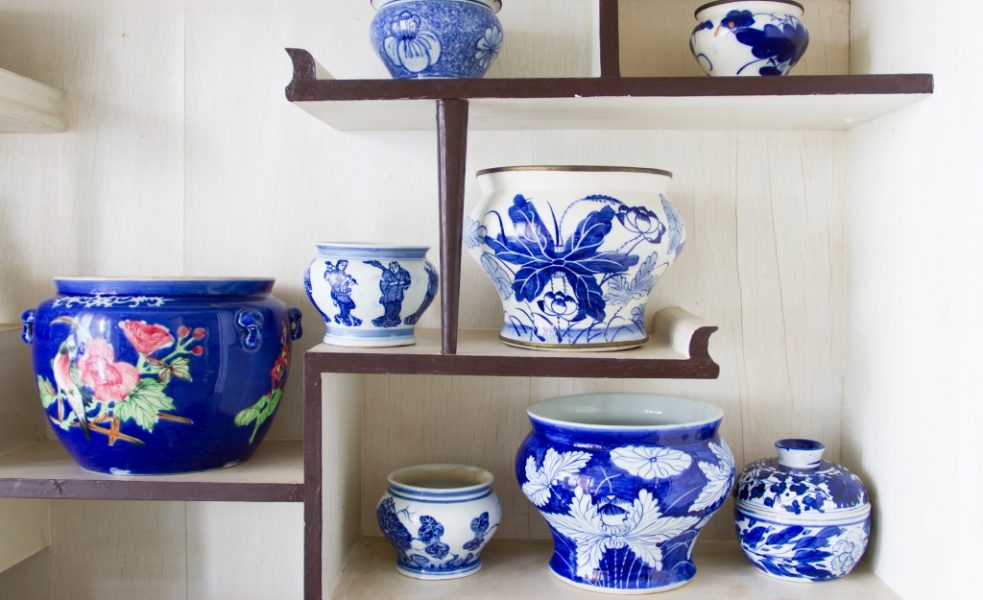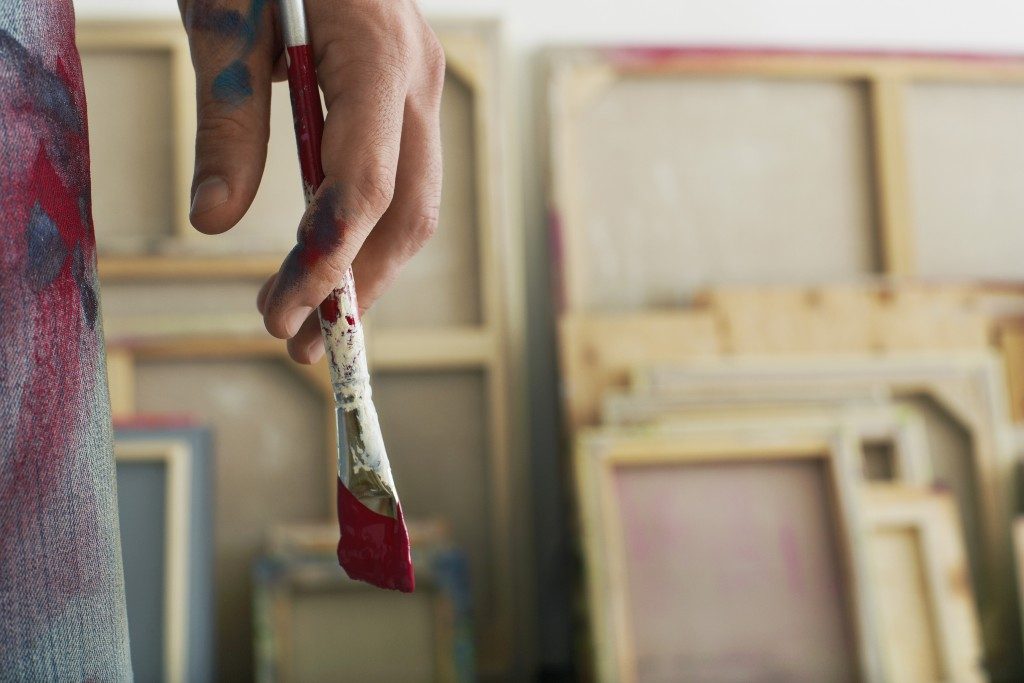Ceramics are some of the oldest man-made materials. Because of the richness of ceramics’ heritage, the demand for them remains persistent to this day. What makes this family of materials so enduring might be its connection with human history, art, and modern technology, and here we examine the roles of ceramics in each of these facets of culture.
Ceramics in history
Archaeologists have found and keep finding ceramic artifacts that help us understand ancient history. This is a testament to both the durability of the material, and the skill of the craftsmen who worked on it. For much of history, ceramics were mostly used for storage, tableware, decoration, and art. The oldest known ceramic artifacts date as early as 28,000 BCE, and they took the form of slabs, balls, and figurines in the shape of humans and Ice Age animals. Around the time people learned agriculture, ceramic artifacts found during that same time suggest that the material gained more practical uses, and was made into vessels for storage and cooking.
Later on, humans got more creative: Ceramics were made to be aesthetically pleasing while also functional. This is especially apparent in the popular Attic Vase artifacts from Ancient Greece, made around 600 to 500 BCE. In modern times, ceramics have expanded to include applications in advanced technology, particularly after World War II.
Ceramics in art

Experts speculate that the oldest known ceramic artifacts must have been made for art. Throughout history, different cultures have incorporated ceramics in various artforms, whether for decoration, performance, or toolmaking.
Ceramic art comes in many forms. One of the most well-known is the Chinese porcelain of the Ming Dynasty, famous for its elaborate blue linework on fine white porcelain. Another popular ceramic art form is tile mosaic, where colored tiles of various shapes and sizes are assembled to form detailed images.
Ceramics in technology
In modern times, the physical and technical capabilities of porcelain have been deployed widely to great effect. Ceramics are known insulators and are used in spark plugs, ceramic arc tubes, and protection for power lines and bare wires, all of which are commonly used in the automotive and aerospace industries, marine transportation, and electricity distribution. After World War II, new ceramic formulations were developed to exhibit technologically valuable properties such as piezoelectricity, magnetism, semiconductivity, and superconductivity. These new properties made ceramics valuable in more advanced technological fields such as robotics, consumer electronics, and energy harvesting.
In medicine, ceramic materials are used for many processes and applications. One of the medical fields that frequently uses ceramics is oral medicine or dentistry. Orthodontics, in particular, offer patients the option of clear braces made of ceramics that are tooth-colored to make them unnoticeable. Dental prostheses, such as teeth, parts of teeth, and hard structures for the jaw and palate also make use of dental ceramics.
Ceramics have become familiar materials for us mainly because we have used them for thousands of years, with myriad uses for them over that time. As technology advances, we are likely to find even more ways to use ceramics to improve our lives.



